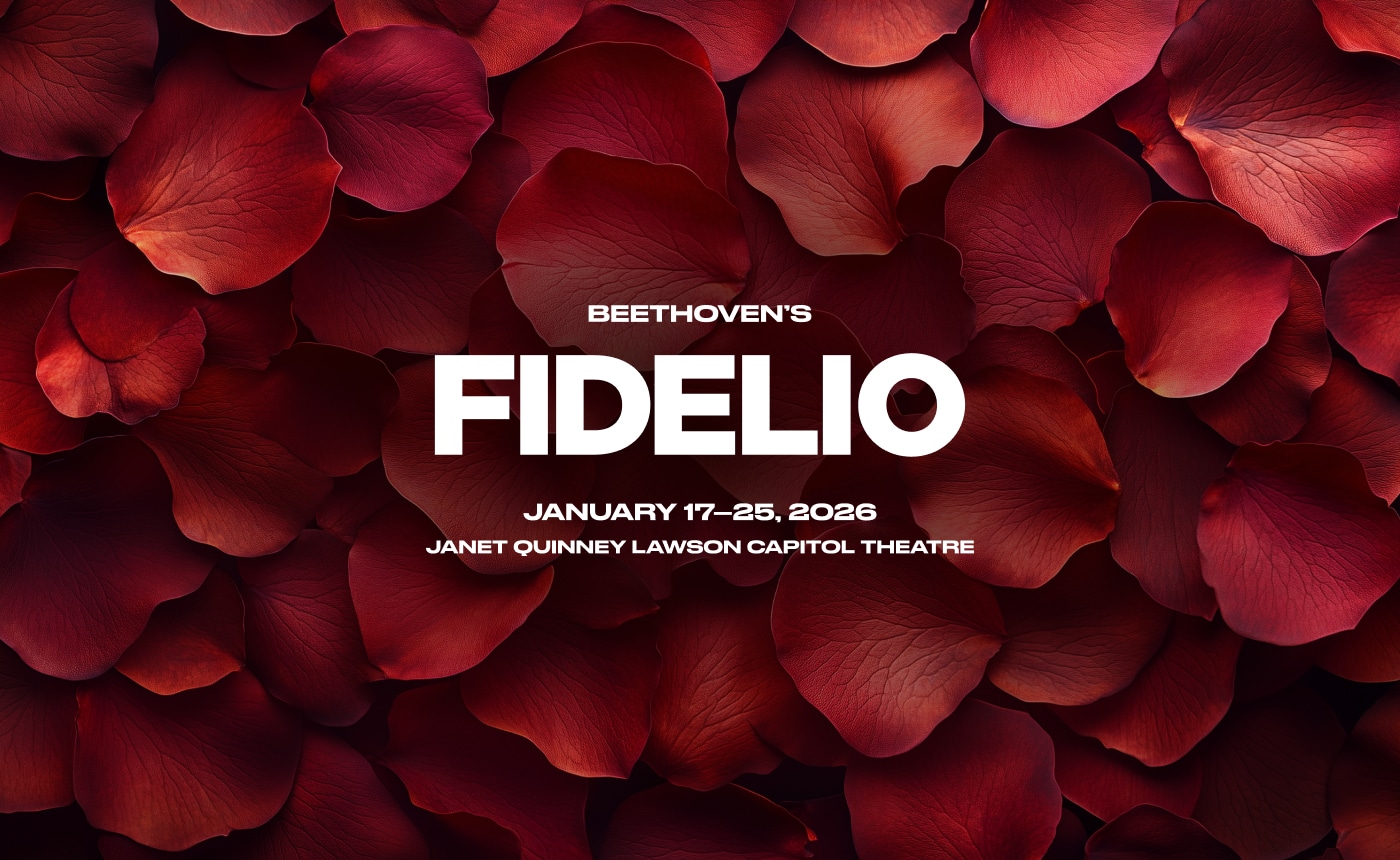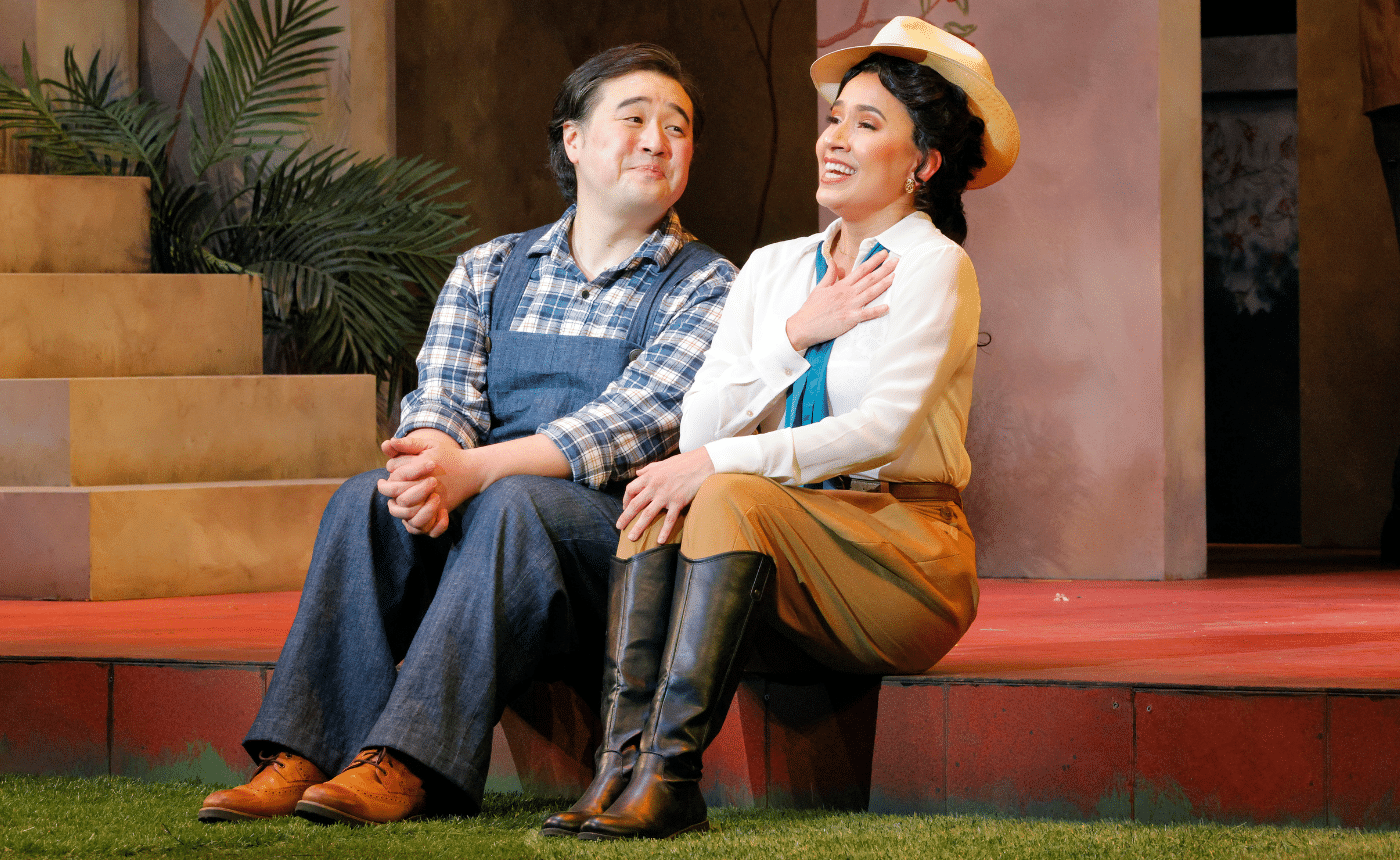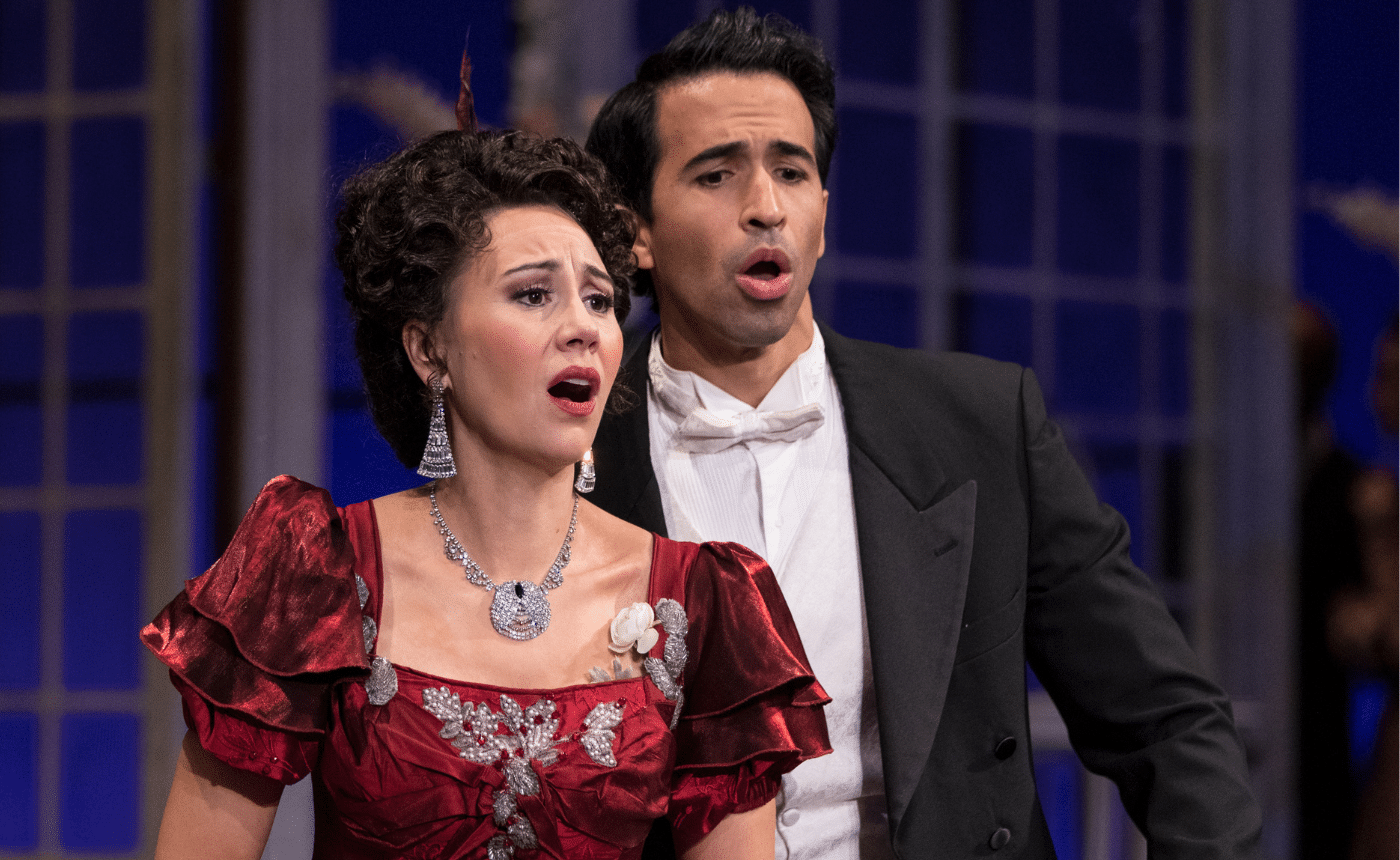PagliacciOpera in Two Acts
Presented in two breathlessly dramatic acts, Pagliacci is—to coin a musicology joke—shorter than the full name of its composer, Ruggero Giacomo Maria Giuseppe Emmanuele Raffaele Domenico Vincenzo Francesco Donato Leoncavallo. It was the second of his nine operas, composed when he was only 35. Though that is young for an opera composer, the prospect of a major new opera generated excitement before its premiere, and it was Introduced to the world by none other than Arturo Toscanini. Pagliacci was immediately hailed as the composer’s crowning achievement and became a vehicle for Enrico Caruso, whose rendition of the opera’s most famous aria, “Vesti la giubba,” became the first recording to sell a million copies. Today, though several of Leoncavallo’s operas and songs are publicly performed, only Pagliacci remains a repertory staple in the world’s major opera houses.
Like his close colleagues and rivals Pietro Mascagni and Giacomo Puccini, Leoncavallo worked in the shadow of Giuseppe Verdi, whose final operas came just as the three younger composers were beginning their careers. From our modern vantage point it’s hard to imagine how fully Verdi dominated Italian culture and even Italian history; he was not only the living embodiment of opera in Italy and the world beyond, but was also—along with Garibaldi—the most powerful exponent of Italian unification. After his last opera, Falstaff, enthusiasts around the world wondered: What next for Italian culture and for opera, its signature art form? The answer was in the hands of Puccini, Mascagni, and Leoncavallo.
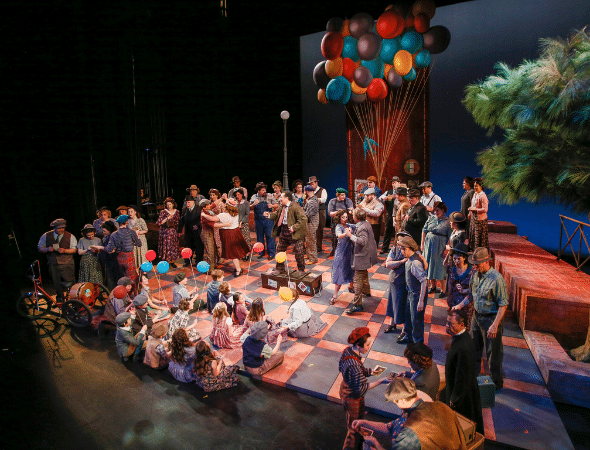
Leoncavallo was the oldest of the three, but not by much. He was born one year before Puccini and six before Mascagni in Naples, which would become part of the Kingdom of the Two Sicilies four years later. After a thoroughgoing education in music theory, composition, literature, and piano performance, he went to Egypt at the suggestion of his uncle Giuseppe, director of the press department at the Egyptian Foreign Ministry to showcase his pianistic abilities. The year was 1879, Leoncavallo was twenty-two, and the city was Cairo, where Verdi’s opera Aida received a historic performance seven years earlier. But after three years there, Leoncavallo fled the city when the British intervened in the nationalist uprising known as the Urabi Revolution.
Still young and ambitious but now cosmopolitan and well-traveled, Leoncavallo was married and living in Paris when Pietro Mascagni’s opera Cavalleria rusticana stunned Italian operagoers, ushering in a new era in opera: verismo (literally “realism”). This opera was based on an 1880 story of the same name by Giovanni Verga who was influenced by French realist writers including Balzac and Zola. Verga was one of the Italian writers who broke through the veneer of Tuscan elegance to introduce verismo into Italian literature at a time when Italy was striving for national identity; Verdi had long sought to do the same in his operas.
For most of the history of opera, its serious plotlines focused on characters who were gods and goddesses from classical times, or historical figures, or aristocrats. The stories were elevated and moralistic. During Verdi’s career, things began to change, but only slightly—much to his frustration. He took important steps toward realism in the 1850s with La traviata and Un ballo in maschera, but many of that era’s elegant operagoers thought of the elegant courtesan Violetta Valéry as a virtual prostitute and
were shocked by his frank, sympathetic depiction of her. In the last act of La traviata he thrust realism on the audience by showing Violetta on her deathbed suffering the ravages of tuberculosis, a ghastly killer. As for Un ballo, the scene of the king’s assassination was so realistic (and politically unflattering) that when Verdi was about to mount the first production, the Neapolitan censors refused to let him produce the opera as he had written it. They forced him to find another setting for it, and so the action was somewhat incongruously transferred to colonial Boston. For years after its premiere, censors still insisted on changing the opera’s title, setting, plot, and characters.
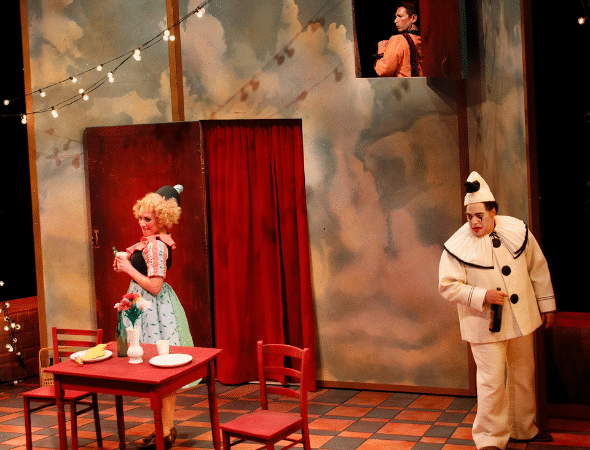
A decade after Verga published his story of passion and murder in a small, southern Italian town, Italian opera finally caught up with him. With hindsight, it’s easy for us to see that Italy’s signature art form was waiting for verismo to happen. The first radical break with operatic tradition came not in Italy, but in France, where Bizet’s Carmen took the opera stage with a gritty realism for which the public was unprepared. Here were lead characters who were everyday people, lots of sex and violence, and no moral lesson in sight. By the time of its premiere at the Opéra-Comique in 1875, arguments over the scandalous plot were raging in cafés and in the theater itself. Bizet was also criticized for producing it at the Opéra-Comique, which was considered a venue where middle-class families could count on wholesome entertainment…”A place where a man can take his wife and daughters.”
Fifteen years passed before Mascagni introduced these elements to Italian opera with the premiere in Rome of Cavalleria rusticana, with its frank depiction of passion and prurience in the lower social strata of southern Italy. Here was all the poverty and dramatic grit of Carmen, along with a modern, anti-clerical, proto-feminist twist in the tragic ostracism of its female protagonist—barred from associating with her neighbors or even entering church—all couched in lush music. It had a huge impact on Leoncavallo. We can just imagine him thinking, I can do that. And he did.
Over the years there have been many conflicting theories regarding the source of the Pagliacci plotline, since similar scenarios have cropped up in other forms. But with hindsight, the most convincing explanation is Leoncavallo’s own: His father was a well-known police magistrate and judge who presided over some sensationally lurid cases, including a well-reported case of a jealous clown’s onstage murder of his wife and her lover during a performance. Leoncavallo had heard the tragic story since childhood. As an adult he recognized it as a perfect subject for verismo.



